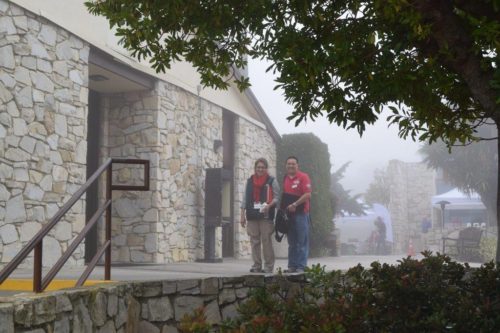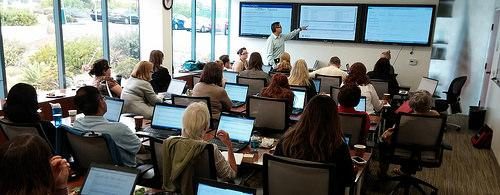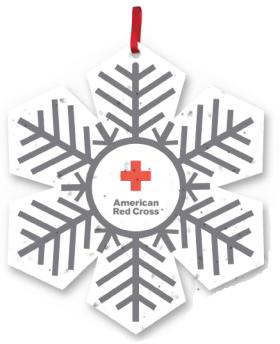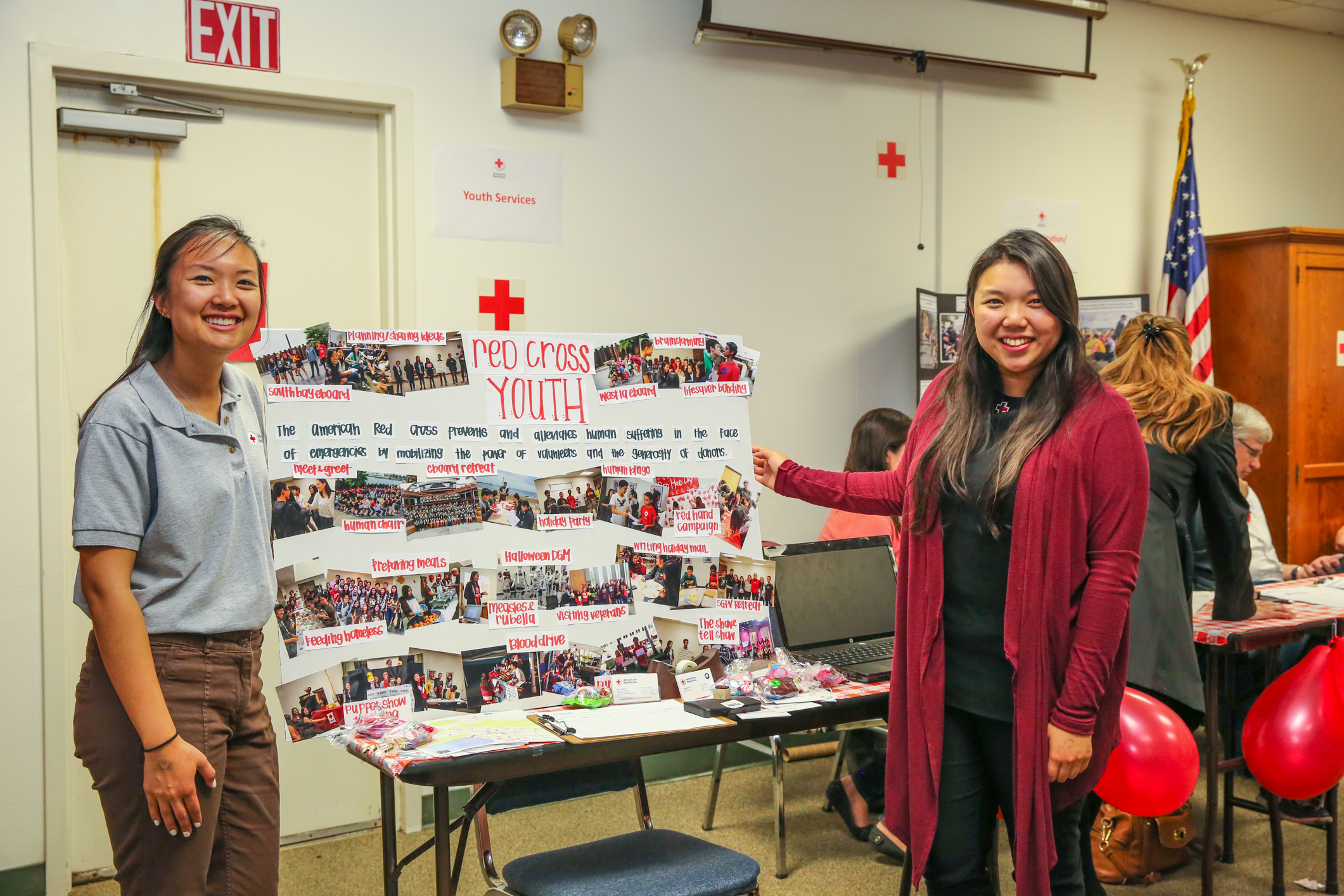(Nearly 200 volunteers attended the Pacific Division Training Institute hosted by the L.A. Region from May 15-17.)
By Drew McNeil, L.A. Region Volunteer
After weeks of planning and preparation for the Pacific Division Training Institute we nearly missed the turn off.
 The dense fog high in the hills of Rancho Palos Verdes blanketed the campus of Marymount California University, seeming to erase not only the school, but the feeling of certainty that everything would go as planned. It wasn’t until the fog slowly retreated down the hillside and crept out past Catalina Island that the Institute’s full scale could be appreciated.
The dense fog high in the hills of Rancho Palos Verdes blanketed the campus of Marymount California University, seeming to erase not only the school, but the feeling of certainty that everything would go as planned. It wasn’t until the fog slowly retreated down the hillside and crept out past Catalina Island that the Institute’s full scale could be appreciated.
I always think large Red Cross training events provide an interesting perspective: the event was staffed and supported by volunteers for the purpose of training others… to be better volunteers. Staff and volunteers worked all of Thursday, May 14, to truck in and set up all the logistics for the event. Denise Everhart, the Division Disaster Executive, told me at the Institute that it was great to see volunteers from all over “give up their time and give up their weekends to learn how to help people”.
 While the Los Angeles Region has hosted training weekends in the past, this first Divisional Institute in the area afforded attendees a chance to meet and get to know some of the leadership from Sacramento. Divisional and regional leadership shared their real world experiences as instructors in 39 different courses attended by 180 people. A variety of courses were offered including Psychological First Aid, Spiritual Care, Tribal Relations, Supporting Volunteers, and even CPR. Taking these courses enable volunteers and staff to assume various roles during a disaster response.
While the Los Angeles Region has hosted training weekends in the past, this first Divisional Institute in the area afforded attendees a chance to meet and get to know some of the leadership from Sacramento. Divisional and regional leadership shared their real world experiences as instructors in 39 different courses attended by 180 people. A variety of courses were offered including Psychological First Aid, Spiritual Care, Tribal Relations, Supporting Volunteers, and even CPR. Taking these courses enable volunteers and staff to assume various roles during a disaster response.
In addition to trainings, attendees were engaged by Southern California earthquake experts from Caltech and USC, a conversation from national headquarters about the American Disabilities Act called Everyone Is Welcome, and plenty of opportunities for socializing. There were even quite quaffable mocktails like The Marlow and Kuriyama to satiate attendees’ thirst.
Many people logged an extraordinary number of hours coordinating the event, but by the time the fog started creeping up the hills on Sunday evening and students began trickling out of the last classes, the impact could be felt.
We always hope to leave a venue better than when we arrived, but in this case we hope the legacy of this event helps leave the communities we serve better prepared, and more resilient than before.
Check out the photos of the event on https://flic.kr/s/aHskAmeDUu.





